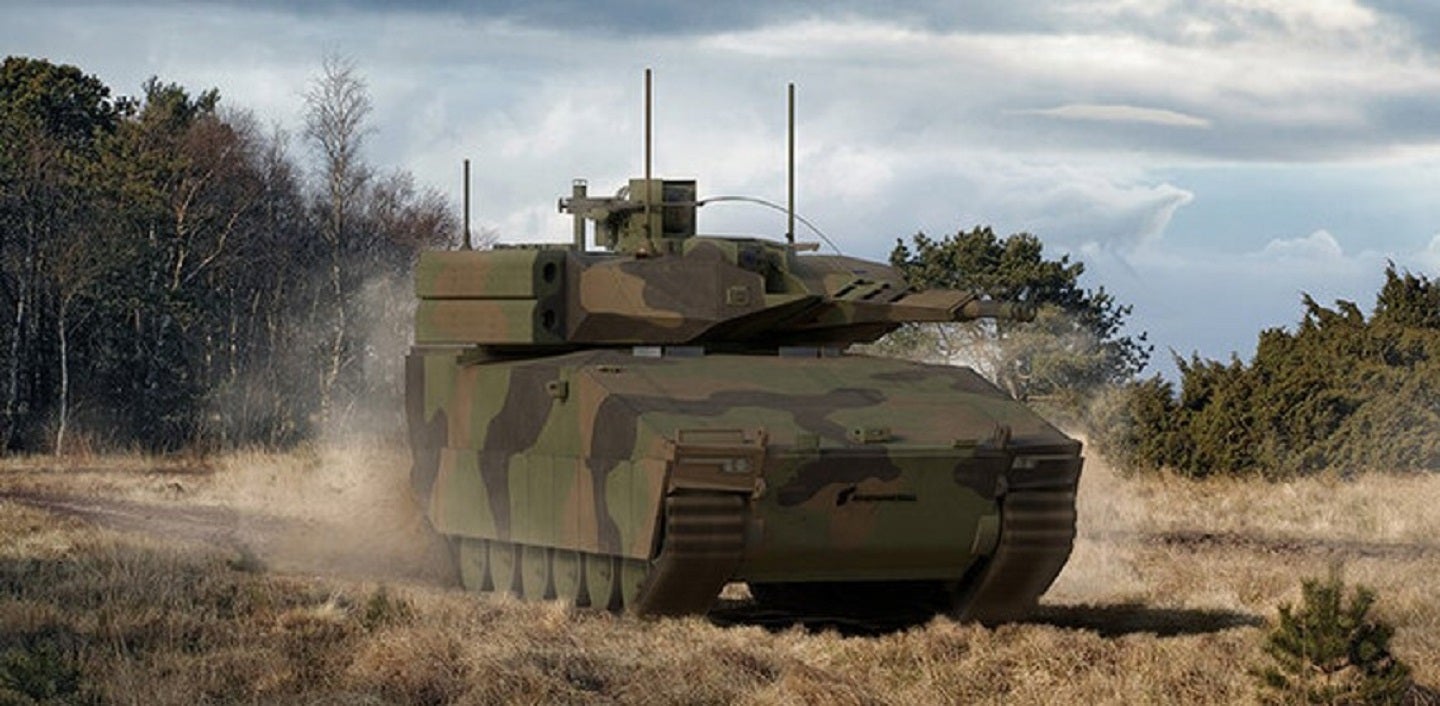
Rheinmetall, a Dusseldorf-based defence manufacturer, has announced the opening of a factory in Zalaegerszeg, Hungary that will produce armoured land vehicles such as the Lynx Infantry Fighting Vehicle (IFV).
Hungary’s Ministry of Defence (MoD) has also contracted the company to provide 209 Lynx KF41 in seven variants, plus 18 combat support vehicles, including Buffalo 3 armoured recovery vehicles, as well as 38 military trucks.
Rheinmetall will send 46 Lynx systems and nine Buffalo 3 armoured personnel carriers to Hungary; all of which will be made in Germany.
Delivery has already begun. In a second phase, a joint venture will build and ship a further 172 Lynx systems and various combat support vehicles in Hungary.
Lynx KF41 variant
The Lynx KF41 (Kettenfahrzeug 41) is a next-generation IFV; it is the largest variant in the Lynx combat vehicle family. The KF41 is equipped with active, passive and reactive systems that offer protection against rocket-propelled grenades and anti-tank guided missiles.
The KF41 is multi-purpose as it can be configured as an IFV, command and control vehicle, armoured personnel carrier, ambulance, armoured reconnaissance vehicle, MEDEVAC platform, and repair and recovery vehicle.
The variant was unveiled at the Eurosatory defence exhibition in June 2018. It had been offered to Australia’s Land 400 Phase 3 programme (which has recently selected Hanwha’s Redback), and is used elsewhere in the Czech Republic Army and the US Army.
The Hungarian MoD has previously ordered 218 KF41 IFVs as part of a $2.43bn (€2bn) defence contract signed in September 2020.
Hungary has also agreed to host a well-equipped development, production Rheinmetall test centre that is being built around 21km away in Zala County on a 33-hectare site in southwest Hungary.
Importer or exporter?
At the Future Soldier Technology Conference in March, General Imre Porkolab, Ministerial Commissioner for Defence Innovation for the Hungarian MoD, predicted that Hungary’s defence will be one of the strongest by 2030, meeting the 2% of spending Nato has set out.
Porkolab’s talk focused on leveraging digital technology for quicker situational awareness on the battlefield to identify and neutralise threats. However, the General claimed that bringing in new technology is the biggest challenge they face right now.
With Rheinmetall’s facilities, Hungary will be more readily able to integrate contemporary, sophisticated weapon systems to replace it increasingly obsolescent Soviet-era systems.
The new facilities will allow Hungary to leverage the latest industrialisation principles as well as cutting-edge production techniques. In the quality control domain, a 3D measurement cell will guarantee fast, permanent, automated assurance of component quality, setting a new standard for Hungarian systems.
The latest Lynx IFV concept will prove to be an asset, especially since L3Harris and and Team Lynx have partnered, and have been awarded a contract to design and prototype the XM30 Mechanised Infantry Combat Vehicle, the centrepiece of the Optionally Manned Fighting Vehicle programme for the US Army.
This is a considerable advancement for a central European military plagued by its inability to break into the market of disruptive technologies on its own, a market that is largely directed by US-based dual-use tech startups.







